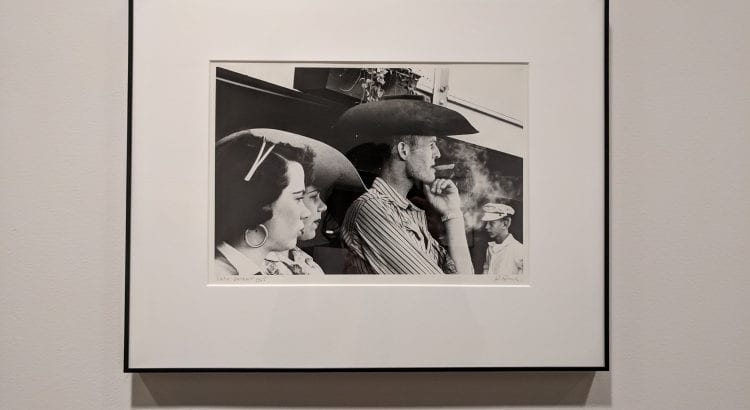Capturing America’s inconsistencies and contrasts is practically a pastime now for the average artist. We owe a tip of our baseball hats, emblazoned in racist symbology, to those who developed this aesthetic with such originality that their historical influence is practically cliché. I’m thinking the hard-nosed, coked in empathy narratives of Dorothea Lange; the searingly lonely dream-scaping of Edward Hopper (#1 all-time fave). An artist who deserves to be part of this lineup of artists that the gen pop rattles off when considering Great American Artists Who America-ed America is Robert Frank.
Actually, Frank, a photographer, was Swiss-American, and his new-citizen status gave his work a non-sentimentality surrounding American Life. In the 1950s, this translated to an incredibly unique source of truth for what was happening behind the technicolor and catchy slogans of the post-war pop culture.
I am always looking outside, trying to say something that is true. But maybe nothing is really true. Except what’s out there. And what’s out there is constantly changing.
Robert Frank
In 1955, Frank got a fellowship from the Guggenheim Foundation. For the assignment, he spent two years traveling the States with his family and taking photographs of everyday life in places like Detroit, Savannah, Miami Beach, LA, Salt Lake City, Butte (Montana), and (of course) Chicago. In those two years he took more than 25,000 photographs and 83 of them became The Americans, a book of images that “changed the nature of photography. What it could say and how it could say it,” wrote art critic Sean O’Hagan nearly six decades after the book’s publication in 1958. The Americans, he says, “remains perhaps the most influential photography book of the 20th century.”
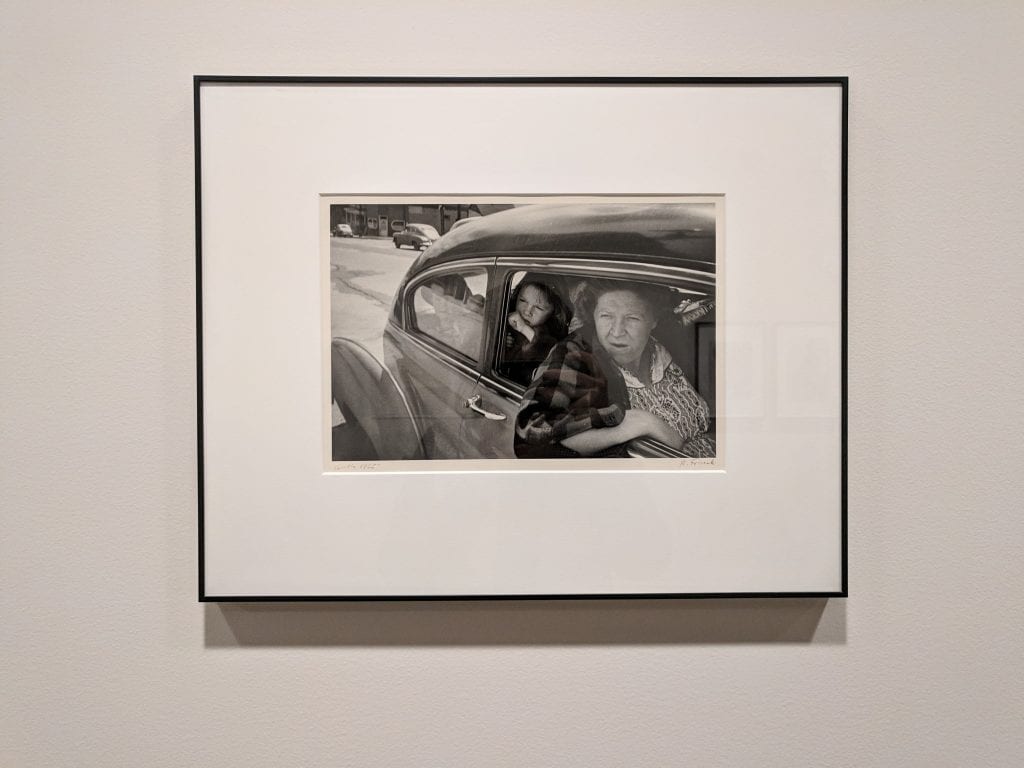
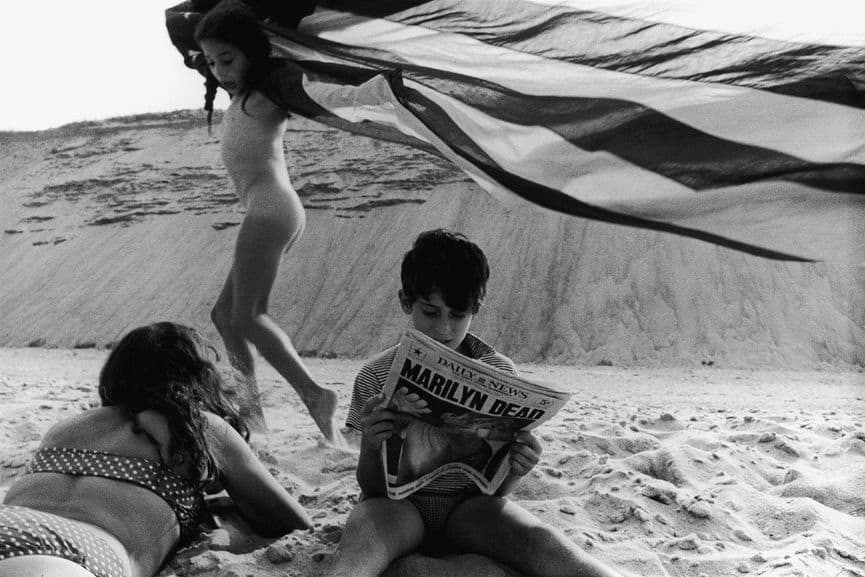
Frank’s imagery was subtle but impactful because grandiosity took a backseat to themes of boredom, toil, and blind patriotism. These are everyday Americans who live under the spell of American lore with a sort of dumbfounded despair. (It feels achingly familiar to our social media age—ie. if I’m supposed to be happy here, why am I so sad/mad?)
Frank’s compositions depicting race in America are particularly powerful. Prescient, even, considering hindsight of social photography and the incredible civil and human rights upheavals on the country’s horizon. This theme is, again, where Frank’s individual experiences and characteristics gave him a honed eye for making these observations about our country’s racial cruelty. As a Jewish man, he experienced profiling while photographing in the South. He was put in jail in Arkansas. Told he had an hour to leave town by a deep-South sheriff. This racism indelibly shaped his view of the country, which indelibly shaped everyone else’s view of it too. Moreover, he gave brutalized communities a chance to show their strengths, despite all they faced in 1950s America.

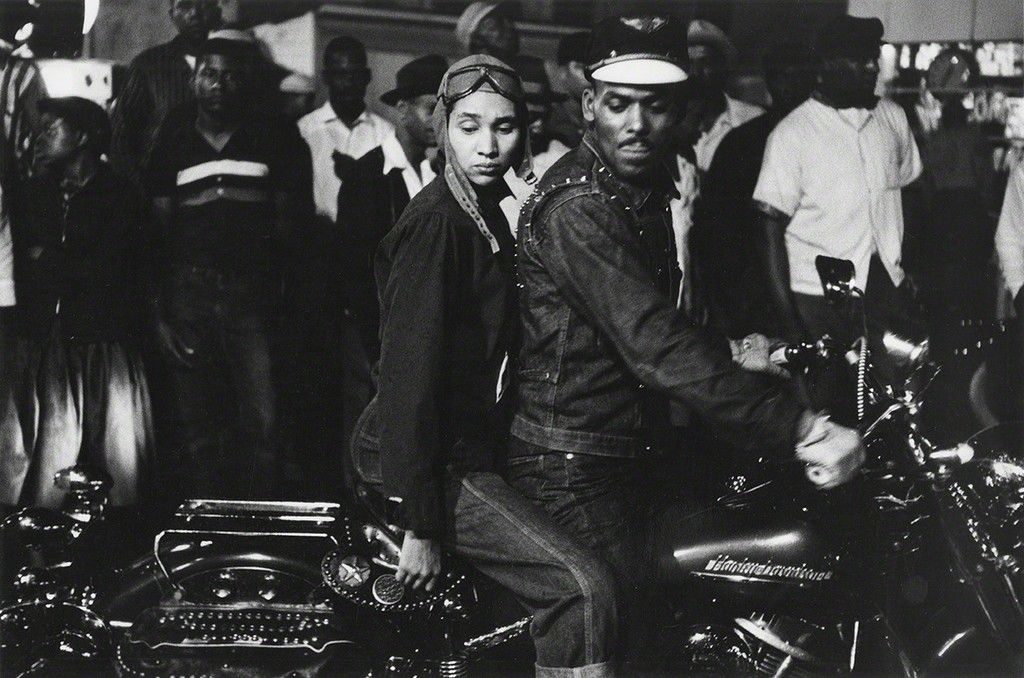
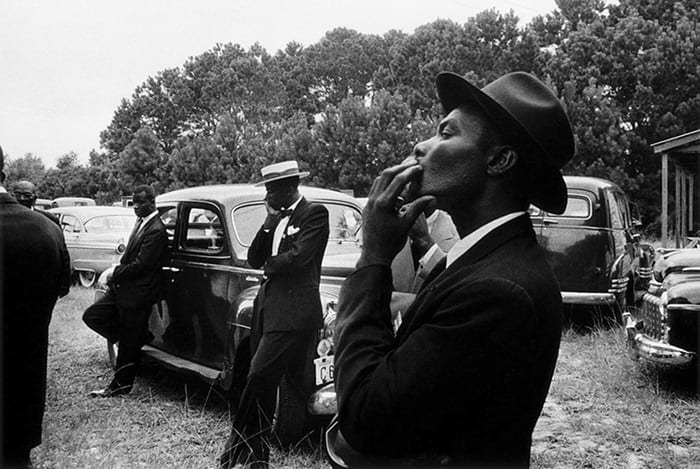
There are too many images, too many cameras now. We’re all being watched. It gets sillier and sillier. As if all action is meaningful. Nothing is really all that special. It’s just life. If all moments are recorded, then nothing is beautiful and maybe photography isn’t an art anymore. Maybe it never was.
Robert Frank (in 2008)
Suggested reading:
- How Robert Frank’s Book The Americans Redefined American Photography Widewalls
- Robert Frank: This American Life Artsy
- Robert Frank’s Curious Perspective Smithsonian Magazine
